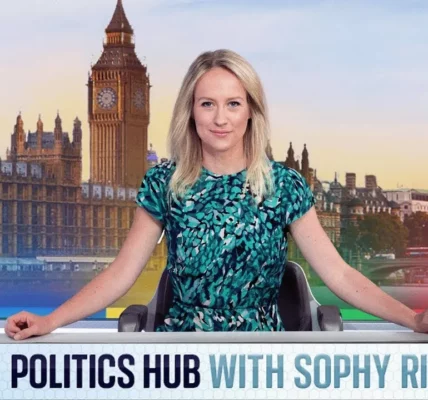Recent Military Strikes: Analyzing the Escalation between Israel and Hezbollah

The ongoing conflict between Israel and Hezbollah has intensified, with recent military strikes significantly impacting the geopolitical landscape. This article delves into the latest developments, the strategic implications of these actions, and the broader context of the conflict.
Introduction
This week has seen a dramatic escalation in military activity between Israel and Hezbollah. The series of air strikes, rocket launches, and retaliatory actions represent a significant shift in the dynamics of the conflict. The events are underscored by a complex web of historical grievances, regional power plays, and the ongoing issues stemming from the Gaza conflict initiated on October 7, 2023. Understanding these elements is crucial for comprehending the current state of affairs and potential future developments in the region.
Recent Military Developments
Overview of Strikes
Recent military actions have included extensive air strikes by the Israeli Defense Forces (IDF) targeting Hezbollah’s military capabilities. Key points of interest include:
- Early explosions reported at the beginning of the week.
- IDF air strikes targeting 100 Hezbollah rocket launchers, potentially involving up to a thousand rockets.
- Destruction of weapons and ammunition stores during these air strikes.
- Continued air patrols by the Israeli Air Force over Southern Lebanon.
Retaliatory Actions by Hezbollah
In response to the Israeli strikes, Hezbollah has launched a retaliatory attack involving 140 unguided rockets aimed at Israeli positions. Notable aspects of this response include:
- The nature of the rockets being unguided, which raises questions about their effectiveness.
- The Iron Dome defense system successfully intercepting most of the incoming rockets.
- Potential escalation indicated by the launch of rockets towards key Israeli areas.
Geopolitical Context
Background of the Conflict
The current situation is rooted in a long history of conflict between Israel and Hezbollah, exacerbated by recent events in Gaza. Since the beginning of October, Israel has focused its military operations on Hamas in Gaza, leading to:
- Systematic military clearance from north to south in the Gaza Strip.
- Increased military pressure on Hezbollah from the north as Israel pivots its focus.
Iran’s Role in the Conflict
Iran’s support for Hezbollah and Hamas plays a crucial role in the dynamics of the conflict. Key points include:
- Iran’s strategy aims to open a two-front war for Israel, distracting its military efforts.
- Continuous supply of arms to Hezbollah from Iran remains a significant obstacle for Israeli defense.
Implications of Recent Strikes
Targeting Command Structures
The Israeli strikes on key Hezbollah figures and command structures indicate a strategic shift in military operations. This includes:
- Targeting of senior Hezbollah commander Ibrahim Akil, which could disrupt Hezbollah’s operational capabilities.
- Destruction of communications infrastructure aimed at crippling Hezbollah’s coordination.
Consequences for Regional Stability
The escalation of military actions raises concerns about the potential for a broader conflict. Factors to consider include:
- The risk of a full-scale war involving multiple regional actors.
- Lebanon’s precarious position and its desire to avoid escalation.
- The impact of these actions on ceasefire negotiations in Gaza and the release of hostages.
Conclusion
The ongoing military actions between Israel and Hezbollah signify a critical point in the conflict, with potential implications for regional stability. As the situation develops, it is essential to monitor these changes closely. A ceasefire in Gaza remains a pivotal issue that could influence Hezbollah’s actions and Iran’s involvement. For continued updates and deeper analysis, stay tuned to our articles covering these developments.
“`




